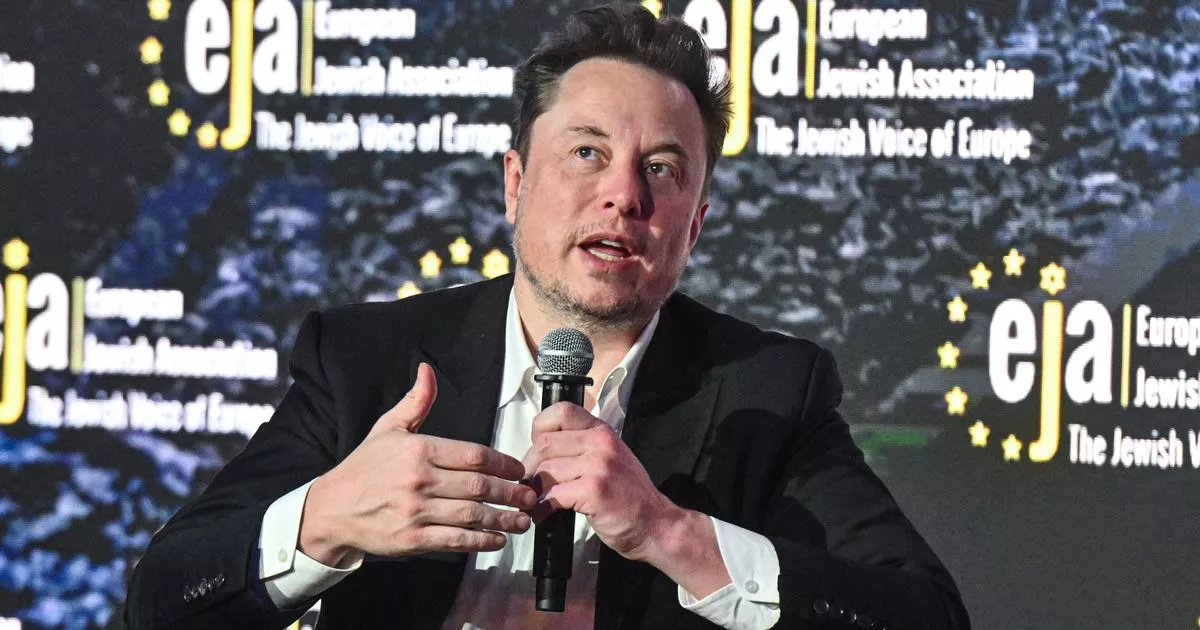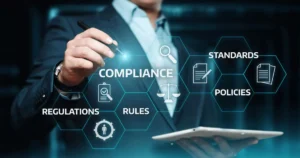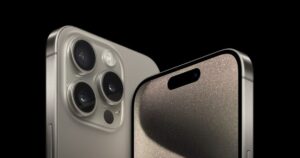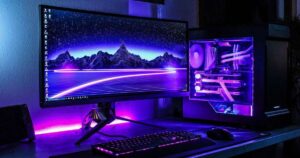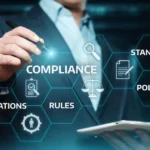Tesla is set to reveal its highly anticipated Robotaxi, also known as the Cybercab, this Thursday at the “We, Robot” event. Scheduled for 7 p.m. PT at Warner Bros. Discovery’s movie studio in Burbank, California, this launch has captured significant attention.
Many are eager to see the vehicle’s design and hear about Tesla’s commercialization strategy. Originally planned for August, the reveal was delayed due to a request for an important design change.
Elon Musk, who had previously criticized media reports about the delay, has emphasized the company’s commitment to achieving full autonomy. However, Tesla’s history of missed timelines adds uncertainty to the announcement.
Investors are keen to hear about the Robotaxi, especially as faces challenges such as disappointing delivery numbers and decreased margins from increased Cybertruck production.
The introduction of a new vehicle may require additional investments and could impact production efficiency. As excitement builds, many are left wondering if the reveal will meet expectations.
you can also read about The First Movie Studio in Space: Coming Soon to the ISS in 2024
A Cybercab prototype
Tesla is expected to unveil a prototype for its new vehicle concept, the Cybercab, at the upcoming Robotaxi event. This will be Tesla’s first new vehicle concept since the Cybertruck announcement in November 2019.
The excitement around this reveal reflects the company’s ongoing push for innovation in the electric vehicle market. Musk has described the Cybercab as a compact vehicle with a design similar to the Cybertruck.
It is anticipated to feature angular edges and a stainless steel finish. This aligns with the design concept introduced in Walter Isaacson’s biography of Musk, which showcased a two-door, two-seater configuration.
One of the most notable aspects of the Cybercab is that it is likely to be built without a steering wheel or pedals. While some Tesla engineers have raised concerns about this design choice, Musk remains committed to creating a purpose-built vehicle for autonomous driving. This decision marks a significant shift in how Tesla envisions the future of transportation.
However, T may face regulatory challenges with this design. The absence of traditional controls could conflict with federal motor safety standards. These potential hurdles could be used by Musk to explain any delays in bringing the Cybercab to market.
Overall, the reveal of the Cybercab will be closely watched by industry experts and investors alike. Its unique design and focus on autonomy could shape the future of Tesla and the broader electric vehicle landscape. As expectations rise, many are eager to see how Tesla navigates the complexities of innovation and regulation.
Smoke and mirrors

Tesla is breaking from tradition by hosting its upcoming Robotaxi reveal at a Hollywood studio instead of one of its facilities. This choice highlights Elon Musk’s flair for showmanship and adds excitement to the event.
The venue selection suggests a more theatrical presentation, enhancing the overall experience for attendees. The Hollywood studio is open to the public for tours, which means Tesla shareholders and superfans will get to explore famous sets from popular shows like Friends, Gilmore Girls, and The Big Bang Theory.
This unique opportunity will likely create a buzz among visitors, making the event memorable and engaging for those who attend. The studio’s large sound stages and various sets provide a perfect backdrop for demonstrating the Cybercab’s capabilities.
The controlled environment allows Tesla to showcase the vehicle in action without the interference of regular traffic. This setting can help illustrate the vehicle’s autonomous features more effectively.
During the demo, Tesla might also introduce the ride-hailing app teased in its first-quarter earnings call. This app could play a significant role in how the Cybercab operates and interacts with users.
Integrating the app into the demonstration will highlight Tesla’s vision for the future of autonomous ride-hailing services. Overall, this event promises to be an exciting blend of innovation and entertainment.
By choosing a Hollywood studio, Tesla aims to capture attention and create a memorable experience. As the reveal approaches, anticipation continues to grow among fans and investors alike.
Other vehicle and product announcements
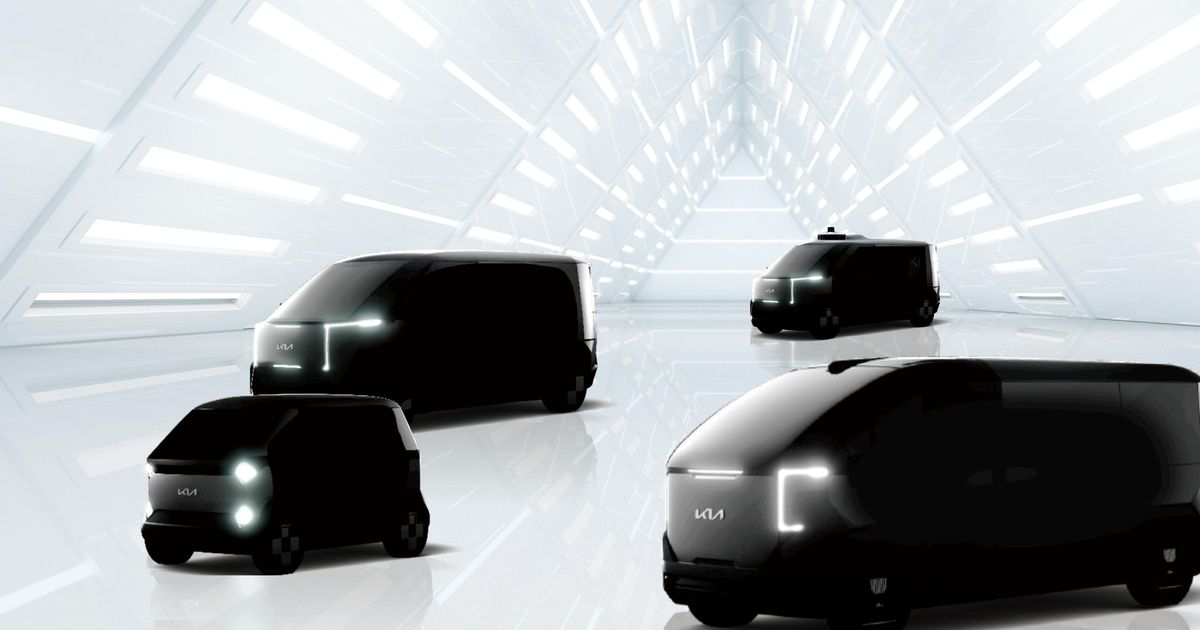
The event title, “We, Robot,” references Isaac Asimov’s famous “I, Robot” series, which examines the relationship between humans and robots. Many expect the event to include updates on Optimus, humanoid robot.
Asimov’s stories focus on three laws of robotics that prioritize human safety, which align closely with the principles of autonomous driving. Deepwater Asset Management predicts that Tesla will unveil a Cybercab prototype at the event.
In addition, they expect previews of the $25,000 electric vehicle, often referred to as the Model 2 by fans. Analysts Gene Munster and Brian Baker believe the Model 2 will share a similar design and platform with the Cybercab.
The firm also anticipates that Tesla will provide more information about a Cybervan. This fully autonomous passenger van could potentially enhance public transportation options in the future. The expectation is based on Tesla’s March 2023 investor presentation, which hinted at a lineup of upcoming vehicles, including a van-sized model.
As the event approaches, excitement builds around these potential announcements. Tesla’s innovative approach to transportation continues to capture the attention of investors and fans alike. The reveal of new models could significantly impact Tesla’s market presence and future developments.
Overall, “We, Robot” promises to be an important event for Tesla, showcasing its advancements in both autonomous vehicles and robotics. The combination of the Cybercab, Model 2, and Cybervan could reshape the future of transportation and further solidify Tesla’s position as an industry leader.
Some potential wildcards
Building a robotaxi is just the first step; commercializing it presents a greater challenge. Tesla may attract customers with its unique vehicles and strong fan base, but many may hesitate to switch to a ride-hail service that could be less reliable at launch.
Early adopters might find it difficult to trust an autonomous service for their daily transportation needs. A potential partnership with Uber could be a game changer for Tesla. Uber has established a successful global ride-hail platform and has recently collaborated with several autonomous vehicle companies like Waymo and Cruise.
While Musk often prefers to pursue independent strategies, partnering with Uber might be a more effective way to commercialize Tesla’s robotaxi. Another interesting possibility involves McDonald’s. Recently, the fast-food chain hinted at an announcement on October 10, saying, “that’s about to pop off.”
Musk’s playful response suggests there might be a connection between Tesla and McDonald’s. This could indicate a collaboration for autonomous food delivery services. If such a partnership is confirmed, it could showcase Tesla’s robotaxi capabilities in a practical and exciting way.
Demonstrating autonomous food delivery could highlight the technology’s versatility and appeal to consumers. This would provide a tangible example of how robotaxis can be integrated into everyday life. Overall, the commercialization of Tesla’s robotaxi will depend on strategic partnerships and real-world applications.
Collaborations with established companies like Uber and McDonald’s could enhance the vehicle’s acceptance in the market. As Tesla continues to innovate, the future of its robotaxi service looks promising but will require careful execution.
What we don’t expect to see

There will be a lot of excitement surrounding Musk’s vision for an autonomous future. He will likely echo Uber’s earlier arguments about shared rides. The idea is that it will be so easy and affordable to hail an autonomous vehicle (AV) that people will no longer need to own their own cars.
While this vision sounds appealing, it may not come with a clear path to commercialization during the upcoming event. Musk has previously claimed that Tesla vehicles currently on the road could achieve full autonomy through software updates.
This would allow owners to rent their cars through Tesla’s ride-sharing app, earning extra income in the process. Tesla would take around 25% to 30% of the revenue from these rides. In areas with lower demand for ride-sharing, Tesla plans to deploy its own fleet of robotaxis.
However, despite Musk’s promises of fully autonomous Tesla, the technology has yet to deliver. The advanced driver assistance system, known as Full Self-Driving (FSD), still requires a human driver to remain alert and ready to take control if needed.
Analyst Adam Jonas from Morgan Stanley, a known Tesla supporter, suggests a “dual” approach to Tesla’s autonomous ridesharing. He envisions a supervised autonomous rideshare service alongside a fully autonomous Cybercab.
The expected launch for this service is anticipated between late 2025 and 2026.Regarding the production timeline for the Cybercab, analysts at Deepwater highlight a significant lag between product announcements and actual production.
The Model Y took a minimum of 10 months to ramp up production, while the Cybertruck has faced a 48-month delay. The Semi has yet to reach volume production after 79 months since its unveiling.
Deepwater also predicts that production for any vehicles announced at the Robotaxi event may not start until June 2025 at the earliest. Given that the event was pushed back for important design changes, the Cybercab may still be a long way from mass production.
As excitement builds for the robotaxi reveal, many questions remain about the practicalities of Musk’s vision. The timeline for commercialization and production could greatly impact Tesla’s future in the autonomous vehicle market. Overall, while Musk’s vision is ambitious, turning it into reality will require overcoming significant challenges.
CONCLUSION
The Tesla Robotaxi reveal is generating significant buzz and excitement. The event promises to showcase Musk’s vision for an autonomous future and introduce the Cybercab prototype. However, questions remain about how Tesla will commercialize this service effectively.
While the concept of hailing an autonomous vehicle is appealing, the path to implementation is unclear. Many industry experts expect Tesla to face challenges related to production timelines and regulatory hurdles. Additionally, the technology still requires human oversight, which could affect customer confidence.
Overall, the Robotaxi event is a crucial moment for Tesla as it attempts to reshape the transportation landscape. How Musk addresses the complexities of autonomous vehicle deployment will be key to the company’s future success. As anticipation builds, many will be watching closely to see what unfolds during the reveal.
